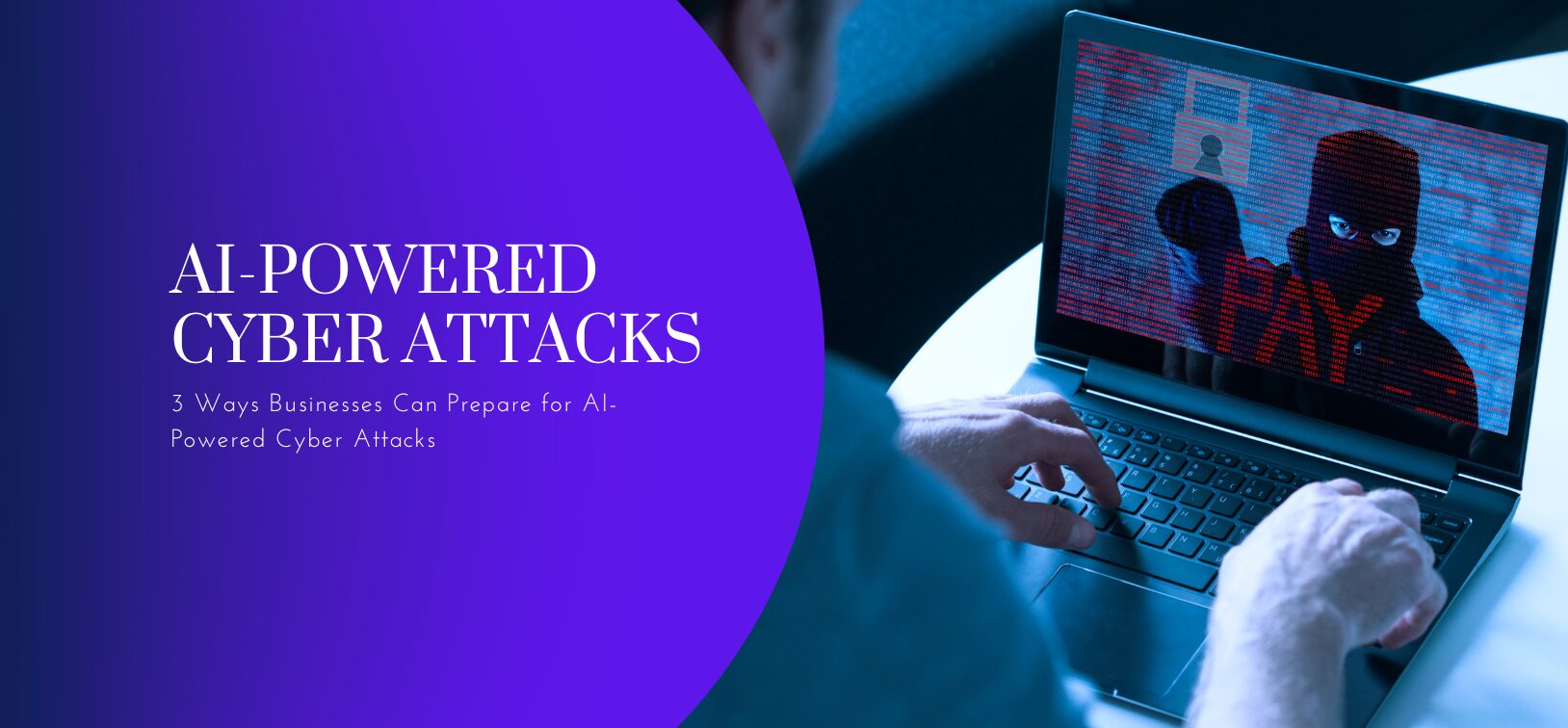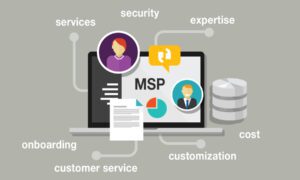As businesses increasingly rely on technology, the threat of AI-powered cyber attacks grows. These advanced threats can bypass traditional security measures, making it crucial for organizations to reassess their defenses. Implementing proactive strategies can significantly enhance their resilience against potential breaches.
Understanding the capabilities of AI in cyber threats is essential for organizations to prepare effectively. It is no longer enough to rely solely on conventional security protocols. Companies must adopt a multi-faceted approach that includes employee training, advanced threat detection systems, and a robust incident response plan.
By prioritizing preparation today, businesses can reduce the risk of devastating cyber incidents tomorrow. Staying informed and agile in the face of evolving threats is vital for maintaining trust and operational integrity.
Understanding AI-Powered Cyber Threats
AI technologies are revolutionizing cyber threats, making them more sophisticated and harder to detect. Businesses must grasp the evolution of these attacks and the potential vectors involved to develop effective defense strategies.
The Evolution of Cyber Attacks
Cyber attacks have significantly advanced over the years. Initially, threats were primarily simplistic, involving basic malware and viruses aimed at disrupting operations or stealing data.
With the advent of AI, attackers can now automate and enhance these methods. AI algorithms enable faster data processing, making it easier to identify vulnerabilities and launch targeted attacks.
This evolution includes techniques such as:
- Phishing attacks enhanced by AI-driven social engineering
- Ransomware that uses machine learning to adapt and find its targets
- Botnets that are increasingly automated and can perform distributed attacks
These developments require businesses to stay informed and adapt their defenses.
Potential AI Attack Vectors
AI can be used in various ways to exploit systems. Understanding these vectors is crucial for creating robust cybersecurity measures.
Key attack vectors include:
- Automated Code Generation: AI can generate malicious code at scale, making it difficult to detect.
- Synthetic Identity Creation: Attackers use AI to create fake identities for social engineering attacks.
- Adaptive Malware: AI allows malware to learn and change its tactics to bypass security measures.
Businesses should also be aware of threats involving AI-driven tools utilized by attackers. This includes AI that can analyze large datasets to predict behavioral patterns, leading to more precise and effective attacks.
Monitoring these vectors can help organizations implement tailored security measures.
Developing a Robust Security Framework
Establishing a robust security framework is vital for businesses facing the threat of AI-powered cyber attacks. This involves thorough reassessment of current protocols, implementing advanced defensive technologies, and continuous training of employees to ensure readiness against evolving threats.
Reassessing Current Security Protocols
A critical first step is evaluating existing security measures. This includes reviewing firewalls, intrusion detection systems, and endpoint protections. Assessing these tools helps identify vulnerabilities exploited by AI-enhanced threats.
Businesses should conduct regular Red Teaming exercises. This involves ethical hackers simulating attacks to uncover weaknesses. Contrast Red Teaming vs Pentesting, which primarily focuses on finding specific vulnerabilities in systems. Both methods provide valuable insights but tackle security from different angles, making them complementary.
Implementing Advanced AI Defense Mechanisms
Incorporating AI-driven security tools can enhance defensive capabilities significantly. These tools analyze vast amounts of data rapidly, identifying patterns that signify threats.
Employing machine learning algorithms can help systems adapt to new types of attacks in real time. Additionally, threat detection platforms leveraging AI can predict potential threats based on historical data. This proactive approach enables businesses to respond swiftly to emerging risks.
Continuous Security Training for Employees
Human error remains a significant factor in cybersecurity breaches. Therefore, ongoing training for employees is essential. Regular workshops and training sessions can help them recognize phishing attempts and social engineering tactics, which are often the first line of attack.
Utilizing simulations and role-playing scenarios can reinforce learned skills. Employees should be familiar with the organization’s security protocols and best practices. A culture of security awareness empowers staff to be the first line of defense against AI-powered cyber attacks.
Proactive Risk Management Strategies
Effective risk management is critical in preparing for AI-powered cyber attacks. Implementing specific strategies can help businesses minimize vulnerabilities and enhance their security posture.
Predictive Analytics and Threat Intelligence
Integrating predictive analytics allows businesses to identify potential threats before they materialize. By analyzing historical data and current trends, organizations can forecast possible attack vectors.
Key elements include:
- Data Collection: Gather data from various sources, including security feeds and incident reports.
- Machine Learning Models: Utilize algorithms that adapt and improve over time, providing more accurate predictions.
- Real-Time Monitoring: Track network activity continuously to detect anomalies.
Threat intelligence platforms further enhance this strategy by providing actionable insights. They help organizations understand evolving cyber threats, enabling timely responses.
Regular System Audits and Vulnerability Assessments
Consistency in conducting audits and assessments is essential for identifying weaknesses. Regular system audits scrutinize IT infrastructure, ensuring compliance with security policies and regulations.
Important components include:
- Vulnerability Scanning: Use automated tools to discover system vulnerabilities.
- Penetration Testing: Simulate attacks to test defenses and identify gaps.
- Policy Review: Frequently reassess policies to align with current threats and compliance requirements.
These measures provide a comprehensive view of security posture. By identifying vulnerabilities proactively, organizations can implement corrective actions before cyber threats exploit weaknesses.



































